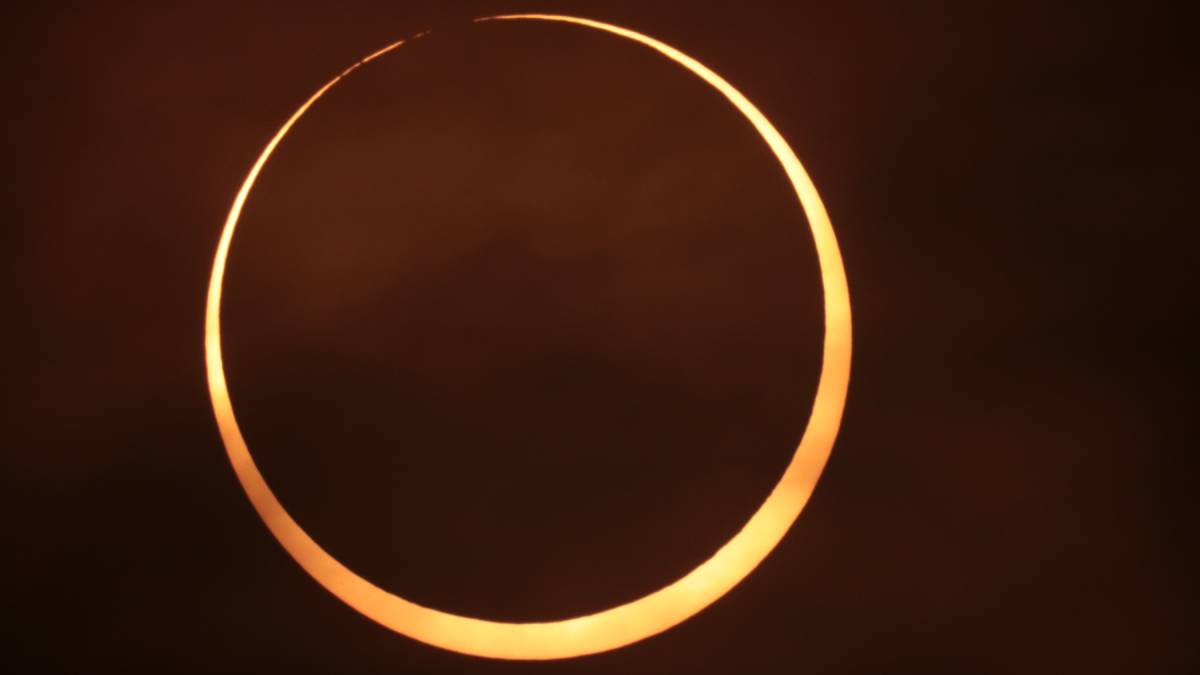Amateur radio operators who study space physics and the upper atmosphere probed the ionosphere’s response to the 2023 annular solar eclipse using shortwave transmissions.
radar & radio
Radar Tracks Unfortunate Creatures Trapped in Tropical Cyclones
Cyclones can sweep up birds and insects and transport them great distances.
Hunting Hurricanes
NOAA’s Hurricane Hunters risk their lives each time they fly into the eye of a storm to collect crucial data for forecasting, hurricane modeling, and research.
Rocky Exoplanet May Have Magnetic Field
Magnetic interactions between stellar wind and the planet likely caused extrasolar space weather.
Redefining “Glacial Pace”
As Earth’s climate warms, glaciers and ice sheets are retreating, cracking, and adding to sea level rise at record speeds.
Tornadoes’ Fastest Winds Howl Close to the Ground
Radar data from storm-tracking scientists reveal that twisters’ winds churn 30% faster near Earth’s surface than above 100 meters, where measurements usually are taken.
Scientists Can Now Map Lightning in 3D
A new approach enables meter-scale localization of lightning strikes. And it’s already illuminating the basic physics of the phenomenon.
A Close Look at Melting Below Antarctica’s Largest Ice Shelf
Radar data reveal where, when, and how fast the base of the Filchner-Ronne Ice Shelf has been losing mass in recent years.
Monitoring Moisture from Afar
Undisturbed tropical rain forests are experiencing more frequent droughts, but the ecosystems are isolated and difficult to assess. Scientists are using remote sensing to expand the depth and scope of monitoring efforts.
Gigantic Jet of Lightning Mapped over Oklahoma
The most powerful gigantic jet ever recorded fortuitously appeared over a sensor array in Oklahoma, enabling scientists to map the structure of the phenomenon for the first time.










